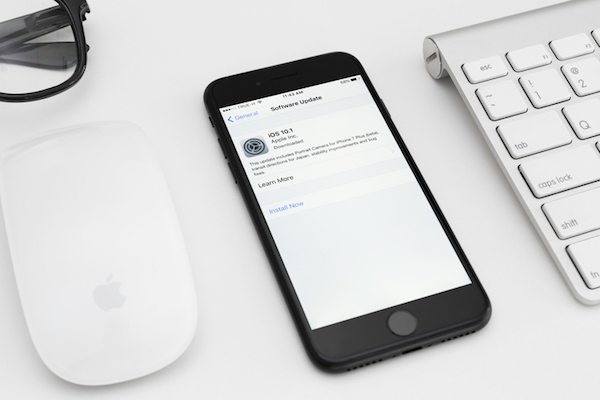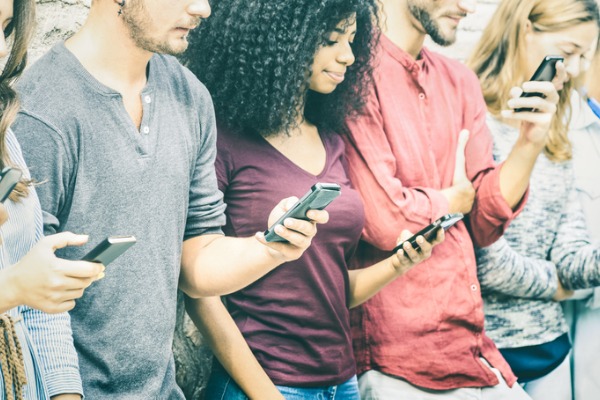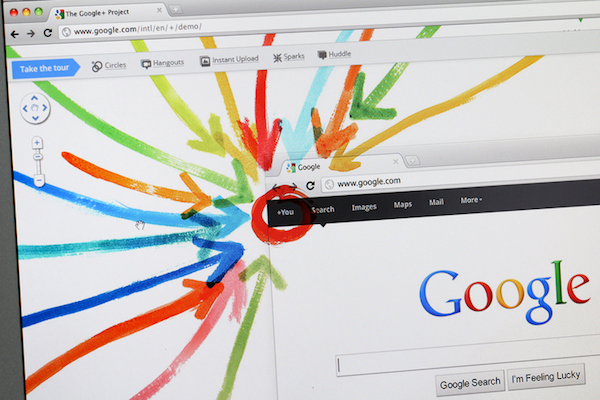
iOS 11 to Feature “Smart Invert” Option in Dark Mode
Apple plans to improve "dark mode" options when iOS 11 rolls out later this fall.
So how much sleep did you get last night? Regardless of your answer, your performance TODAY will be drastically affected by how much time you spent between the sheets LAST NIGHT (literal, not figurative).
If you get less than optimal sleep on a regular basis, most of your waking hours will be less productive than they should be. Loss of sleep can lead to decreased critical thinking skills and short-term memory problems. It may also cause you to eat more during the day, which could contribute to weight gain. Not to mention the excess caffeine you’ll need to compensate, which can leave you dehydrated and jittery.
If that’s not enough, you’re more likely to hurt your relationships with others because loss of sleep can make you short tempered and/or irritable.
So what’s causing millions upon millions of people to lose sleep around the world? Well, I don’t have the answer to that question (sorry). But smartphone and other digital device overuse (laptops, televisions, tablets) probably factor into the equation.
Technology & Eye Health
From an eye health perspective, symptoms such as tired eyes, blurry vision, contact lens discomfort, headaches and myopia progression (along with others) could very well be the result of smartphone & digital device overuse. Now, we don’t know this for sure, but new research is confirming what we think almost on a daily basis.
Now combine these eye health effects with the loss of sleep, and this makes us all ticking time bombs for chronic health issues.
Thankfully, technology is on our side and many segments of industry are working together to alleviate some of the problems. Apple (for example) has an Invert Colors option on their newer digital devices. This was created for a better visual experience (especially at night time) so users can give their eyes a break from blue light.
Apple plans to improve “Dark Mode” options when iOS 11 rolls out, which is currently being touted as “Redesigned Invert Colors”. This option reduces iPhone glare, which is a good thing for you and your partner (if you have a partner), especially if you use your device before bed.
The “Smart Invert” feature will take “Classic Invert” to the next level, but you’ll have the option to revert back to “Classic Invert” if you like it better.
The Rollout:
Smart Invert is only an option in iOS 11, which is still in beta. And the beta version is only available to Apple developers (as of this date).
As for the rest of us, we’ll have to wait for the iOS 11 rollout later this fall, which should be a sleek new experience when combined with the iPhone 8 (also due out this fall).
In the meantime, if you’re currently using iOS 10, you can test color inversion for yourself. Go into your Settings and select General. From there, select Accessibility > Display Accommodations > Invert Colors.
If you’ve never done this before, prepare to experience something new.
Live in Your OcularPrime:
I must admit, I probably get more excited about these updates than the next person. In all likelihood, Smart Invert will probably be something most people test out once or twice, then revert back to their comfort zone.
As for myself, I just happen to be genuinely interested in all aspects of sight preservation. Moreover, I get truly happy when large tech companies (like Apple) take eye health into consideration.
That being said, if anybody’s going to incorporate some of these new programs, it’s going to be me.
In the meantime, if you happen to be an Apple developer and you have the inside scoop on the Smart Invert rollout, drop me a line and let me know about the changes (even if they’re subtle).







